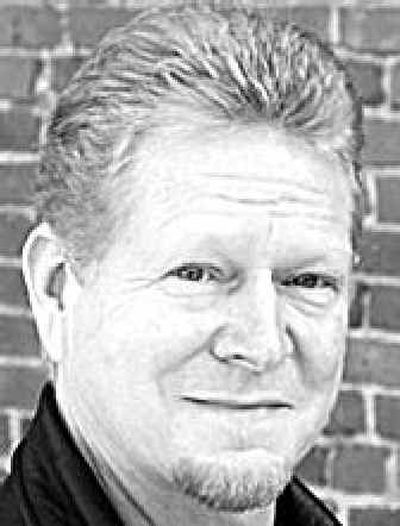To err is human, to learn from it divine

Oh sure, we all make driving errors. But when we make them, we should berate ourselves, and take steps to avoid making the same ones over and over. After all, errors lead to accidents, and accidents lead to deaths. As a driver, you may occasionally have a horn honk directed your way, and while it may be an ill-conceived outburst from a no-nothing jerk, it also might be a legitimate reminder that you’ve made a driving mistake.
For example, changing lanes doesn’t work very well if you’re heading for a spot that is already occupied — or about to be occupied by another car. On roads with two lanes in the same direction of travel, it is common for lane changes to become sideswipes. You just can’t depend on your memory, mirrors or winning karma to assure you an open spot when you change lanes — you must turn your head and look! In the cases where we have a lapse, and don’t see the car that is in or about to be in “our” spot, a horn warning from the other driver is a welcome aid in accident-avoidance. If you have a close call like this, let it serve as a wake-up to practice precision driving.
Precision driving requires that you devote your full attention to the task at hand when you’re behind the wheel, while being armed with knowledge of traffic laws and vehicle operation. When we drive, the speed and mass of our automobiles mix to create potential mayhem and carnage rivaled by few of our other activities. That is why it is so important for us to have mastery over our machines, and strive for precision in our driving actions.
Some driving actions, like straight-travel lane changes, simply require due care and caution (looking before you leap), and precision execution. Others are strictly governed in our Spokane Municipal Code, Chapter 16.61 Rules of the Road. Like when turning at intersections, listing 16.61.290 covers both left and right turns:
1. Right turns. Both the approach for a right turn and a right turn shall be made as close as practicable to the curb or edge of roadway.
2. Left turns. The driver of a vehicle intending to turn left shall approach the turn in the extreme left-hand lane lawfully available to traffic moving in the direction of travel of the vehicle. Whenever practicable the left turn shall be made to the left of the center of the intersection and so as to leave the intersection or other location in the extreme left-hand lane lawfully available to traffic moving in the same direction as the vehicle on the roadway being entered.
That’s a mouthful. It means that making a right turn, then angling immediately to the left lane, or making a beeline for the right lane after a left turn, on roads with two lanes of travel in each direction, is simply wrong. To be legal, you must execute the turn into the proper lane (left lane for left turn, right lane for right turn), then signal and head for the lane you want. By the way, the lane you want after making your turn should be the right lane in both cases, unless you are overtaking another vehicle, or about to turn left. Proper lane of travel will be discussed in a future column.
Speaking of turning brings to mind another road rule that all drivers need to know, and is contained in listing 16.61.055, the Traffic Control Signal Legend. Here is an excerpt: …the vehicle operators facing a steady circular red signal may, after stopping, proceed to make a right turn from a one-way or two-way street into a two-way street or into a one-way street carrying traffic in the direction of the right turn; or a left turn from a one-way or two-way street into a one-way street carrying traffic in the direction of the left turn; unless a sign posted by competent authority prohibits such movement.
Most of us know about that free right thing, and many even know the free left from a one-way to a one-way. Careful reading of the rule, however, reveals that there is another “free” turn allowed, the left turn from a two-way street to a one-way during a red light. The logic for this type of turn is valid — the oncoming traffic is stopped, and if no vehicles approach from the right, it is safe and legal to proceed left — yet by my observation this turn is seldom taken.
Case in point: Heading west on Riverside, one encounters a traffic signal at Browne. Riverside is two-way, and Browne is one-way to the south. I have sat through many red lights here, with the vehicle in front of me displaying a left turn signal but unwilling to turn. Of course, when the green light comes on they are ready to go, but now they can’t go because vehicles and/or pedestrians are crossing the intersection. One time I offered a friendly toot of the horn in a vain attempt to coerce movement to one of these traffic blockers, and the driver promptly stuck his head out the window and yelled, “I’m not going to turn — the *#%@# light is red!”
This is why I persist — please become more familiar with traffic laws, and don’t yell from ignorance. It’s all part of practicing precision driving — have knowledge, be alert and execute well. If a honk is directed your way, it might be just the signal you need to tune up your driving skills. Luckily, most driving errors are only embarrassments — learning from mistakes and striving to eliminate them before they lead to accidents is the key to survival.